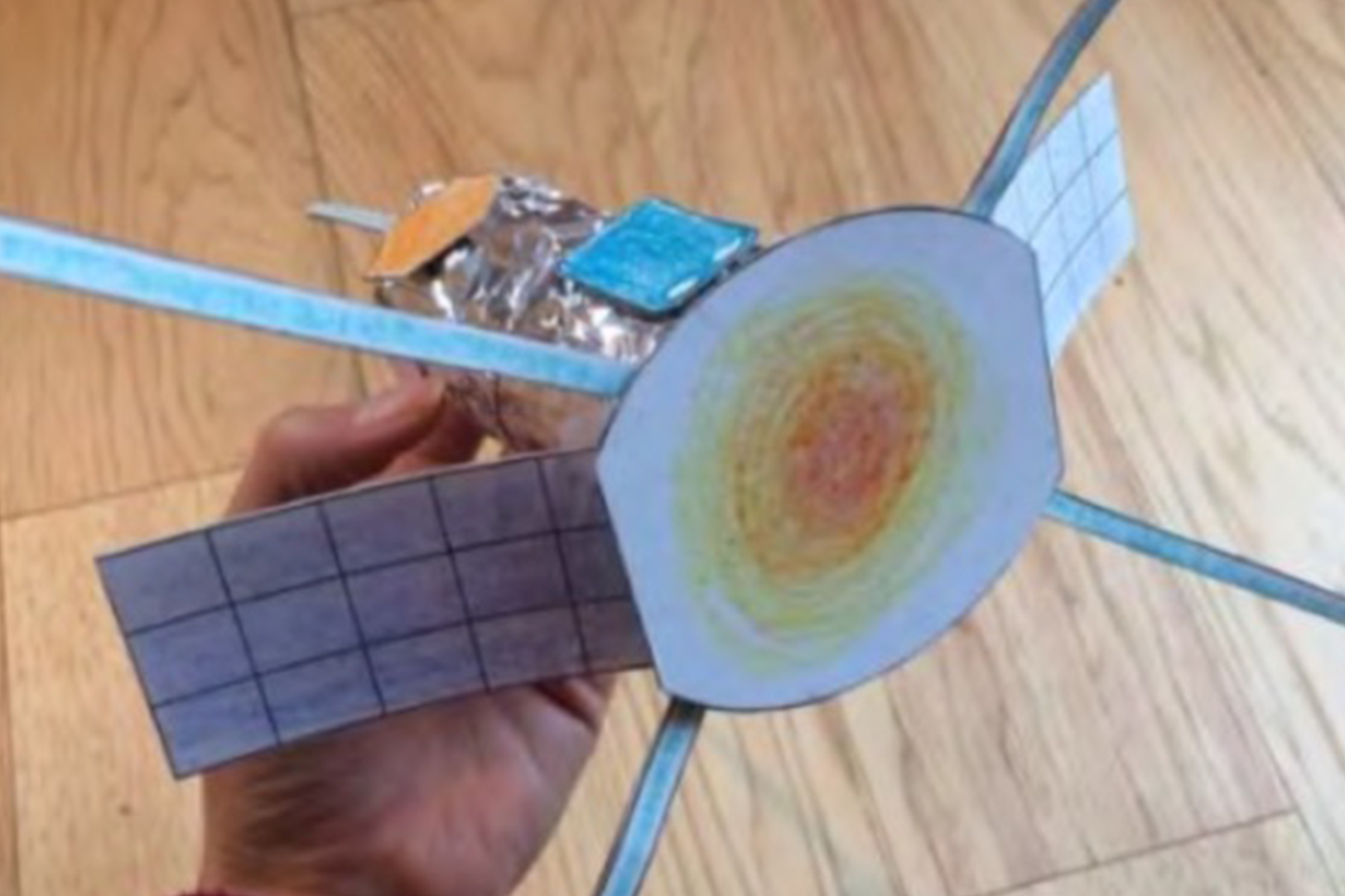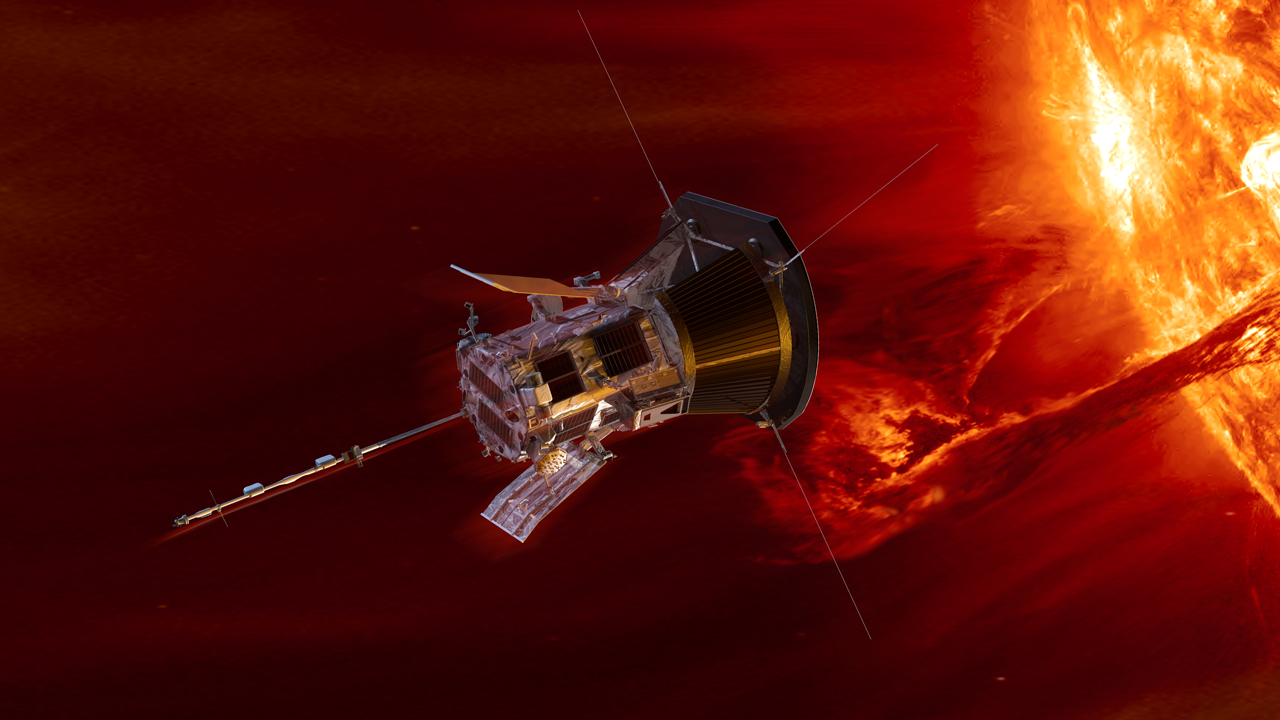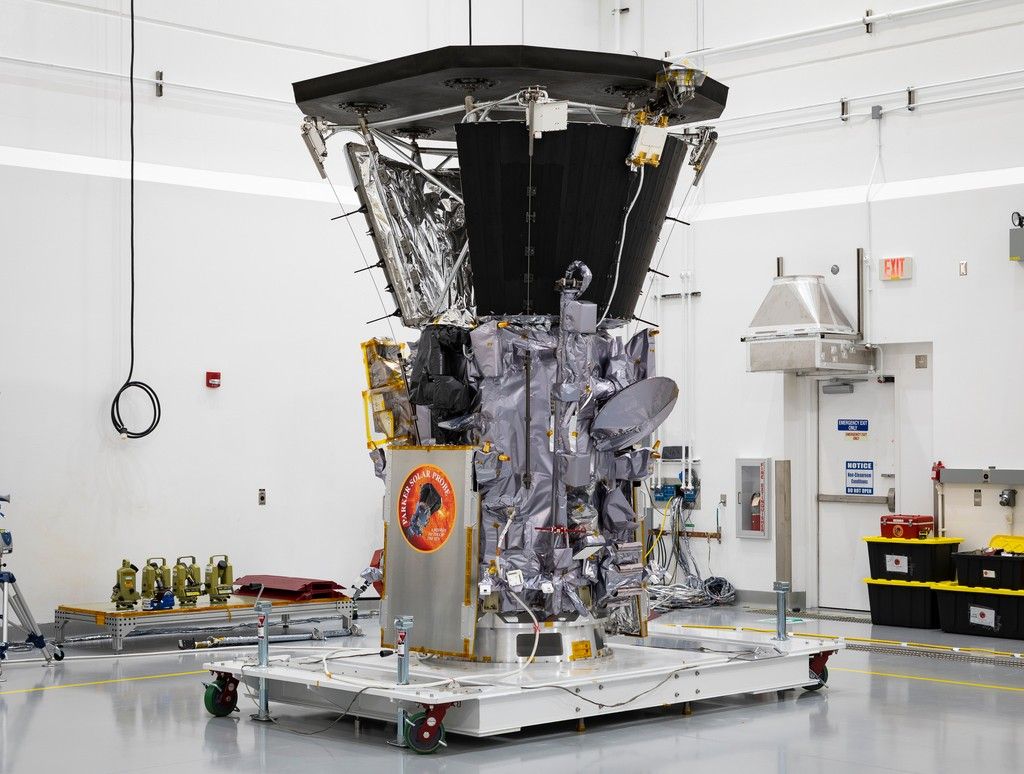4 min read
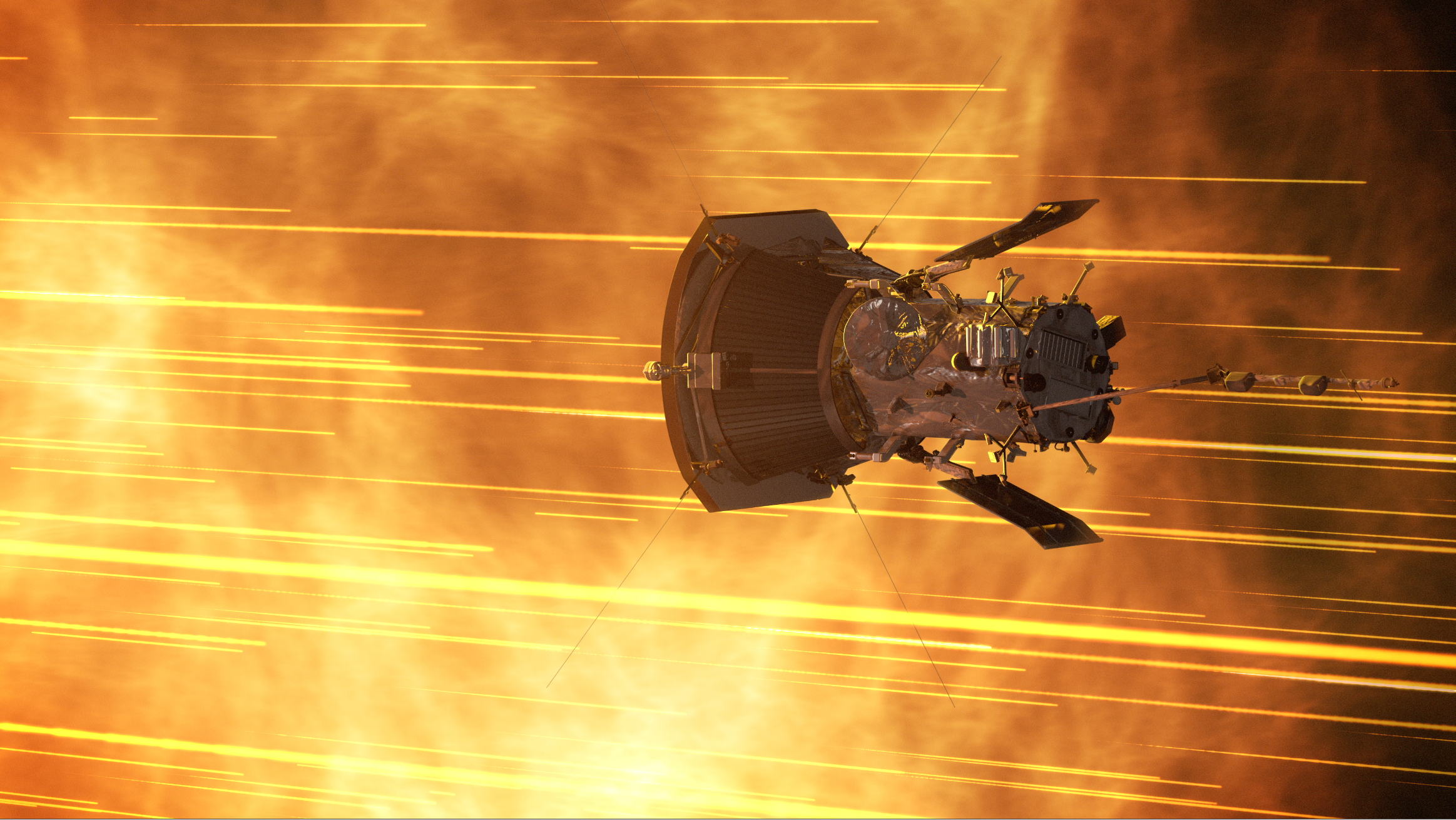
NASA
Two Stars in Solar Science
It takes a lot of work to make space missions happen. Hundreds or even thousands of experts work as a team to put together the spacecraft. Then it has to be tested in conditions similar to space, to be sure that it can survive out there once it is launched. Fixing big issues that pop up after launch is either impossible or very difficult, so it is important that everything works before the mission gets to space.
The Parker Solar Probe and Solar Orbiter missions study the Sun from different points of view. Parker is led by NASA and was built to fly into the upper atmosphere of the Sun, called the corona. Solar Orbiter is led by the European Space Agency (ESA) and has gotten our first peek at the Sun's poles. Together, they both provide a deeper understanding of the Sun and how it affects the rest of the solar system.
A New Way of Seeing
It takes a lot of teamwork to build and launch any space mission, and Solar Orbiter was no different. It also had to go through a lot of testing in conditions similar to outer space before it made its final journey to the launch site.
The Solar Orbiter mission has taken the highest-ever-resolution images of the Sun and recently sent back the first ever close-up images of the Sun's poles. It has also studied the solar wind to see what it is made of and helped scientists find out where on the Sun the solar wind comes from. Working hand-in-hand with Parker, it has also shown how the solar wind gets a magnetic "push" that increases its total speed.
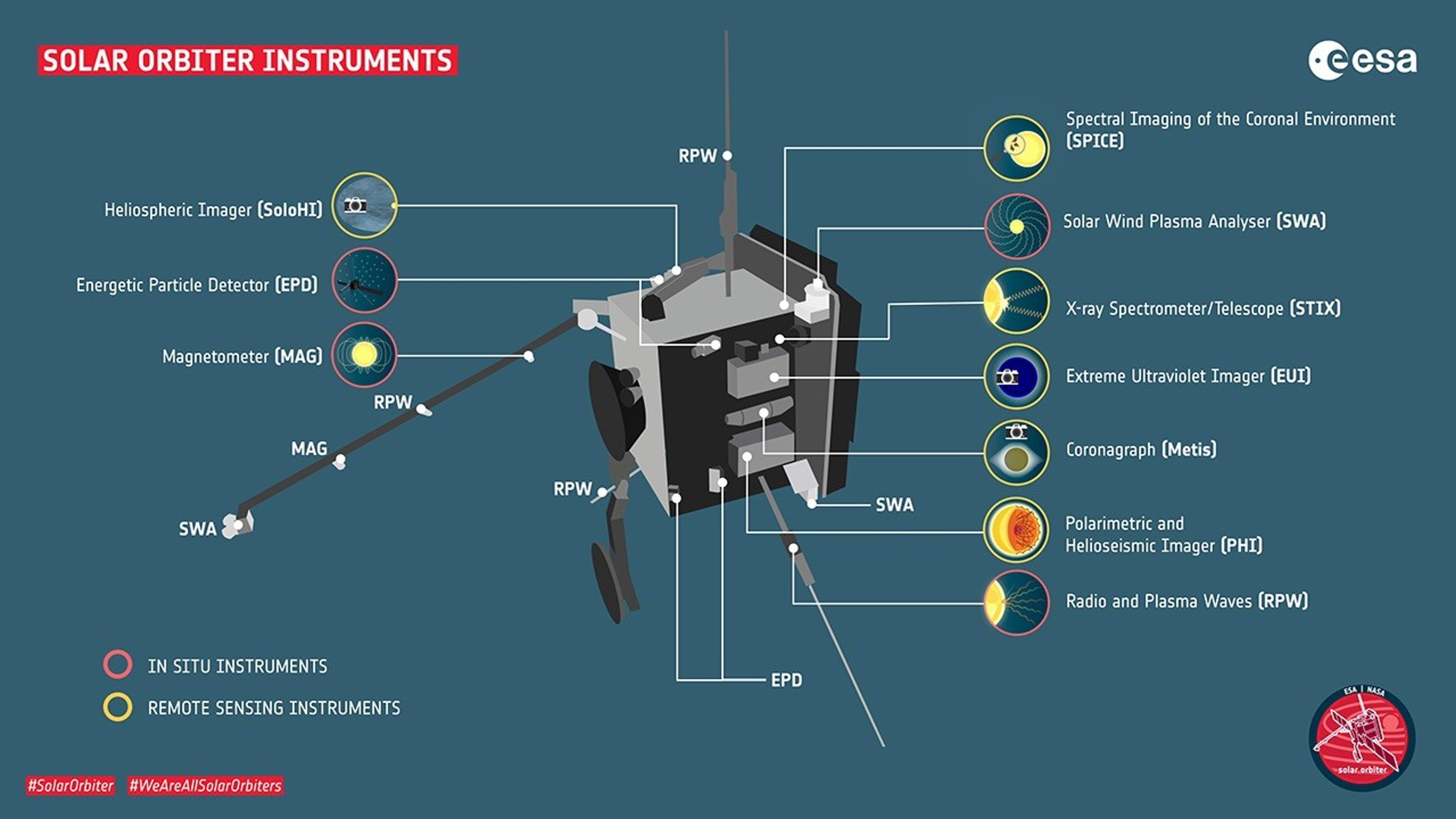
To get all of this done, the spacecraft carries ten different scientific instruments on its voyage around the Sun. These instruments work together to provide a total overview of our star. Six of them are remote-sensing instruments (above in gold), which "see" the Sun and return imagery to Earth. The other four are what's called in-situ instruments (above in pink), which measure the environment all around the spacecraft. This includes the solar wind, and the electric and magnetic fields embedded within it.
Faster and Closer Than Ever Before
The Parker Solar Probe was named for Dr. Eugene N. Parker, who pioneered our modern understanding of the Sun. In the mid-1950s, Parker developed a theory that predicted the solar wind. The probe named after him is designed to swoop within 4 million miles (6.5 million kilometers) of the Sun's surface to trace its energy flow, to study the heating of the corona, and to explore what accelerates the solar wind.
To get all this done, the probe has to survive the blazing hot corona. It can get up to about 2 million °F (1.1 million °C)! Parker uses high-tech thermal engineering to protect itself, including an eight-foot diameter heat shield called the Thermal Protection System (TPS). The TPS is made of two panels of carbon composite with a lightweight 4.5-inch-thick carbon foam core. This heat shield sandwich keeps things about 85 °F (29 °C) in its shadow, even though the Sun-facing side reaches about 2,500 °F (1,377 °C)!
In 2018, the Parker Solar Probe became the fastest spacecraft ever built, at about 430,000 miles per hour (700,000 kilometers per hour). It also got seven times closer to the Sun than any other spacecraft, getting within 3.8 million miles (6.2 million kilometers). It made this record-breaking close encounter on Christmas Eve of 2024.
From Yesterday to Tomorrow
The Parker Solar Probe was launched on August 12, 2018, and Solar Orbiter was launched on February 10, 2020. Both of them took off from Cape Canaveral Air Station in Florida. Some pieces of Solar Orbiter were transported in trucks, but the completed spacecraft made the journey from Europe to the U.S. on a gigantic Antonov cargo plane designed especially for transporting spacecraft.
Together, these spacecraft have done a lot to improve our knowledge of the Sun. Both missions are currently in their main operational phase, with projected end-of-mission sometime in 2026, and could continue returning data for a few years to come.


